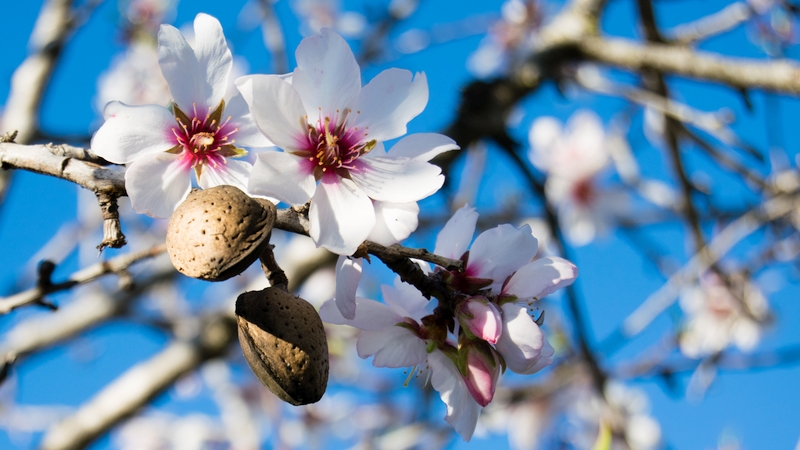Biostimulant Sector Holds Steady in a Storm of Coronavirus
The biostimulant sector has enjoyed impressive growth in recent years as the broad category of products becomes more mainstream. The industry has been growing between 10% to 12% annually. The total global industry is valued at $2 billion, and the U.S. and Canada combined to represent about $400 million in 2019. We asked David Beaudreau, Executive Director of the U.S. Biostimulant Coalition, about the sector and how it is being impacted by the coronavirus pandemic.
How has the biostimulant industry been impacted by the COVID-19 pandemic?
Beaudreau: Fortunately, similar to the fertilizer companies, most of the biostimulant plants and companies are still operational because they were deemed an essential business across the country. Even in states with stringent shelter-in-place orders, companies have been able to continue manufacturing product. On the distribution side, things still appear to be moving quite well. Some companies are adjusting and making the best of the changing market dynamics and demand fall off for some crops in the wake of the virus. But for the most part, things have continued to function pretty well considering the unprecedented impacts of COVID-19.
In general, what has been the acceptance of biostimulant technology and products by growers?
Beaudreau: In Florida, the adoption of biostimulants has been pretty good. There are a couple of manufacturers based in Florida, and several more based in the Southeast, that sell into the state. Some of the main benefits claimed by many of these companies are better nutrient uptake to get a better bang for the buck with fertilizer applications on top of better yields and quality. That reduces the potential for fertilizer runoff into waterways and helps lessen the potential for algae blooms and other environmental impacts. That is important in Florida.
Many growers have become familiar with the benefits of seaweed extracts, microbial products, and humic and fulvic acids — which make up a large portion of the biostimulant sector.











